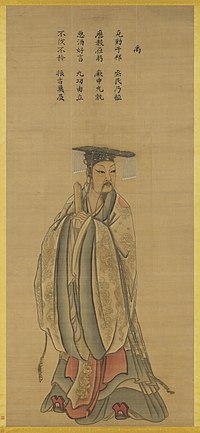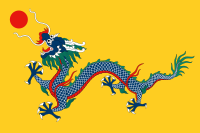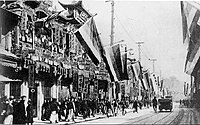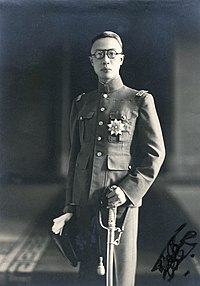-
Use Cases
-
Resources
-
Pricing
Key Facts
- The Xia Dynasty, the first known dynasty in China, ruled from c. 2070 to c. 1600 BCE.
- The Shang Dynasty ruled from c. 1600 to c. 1046 BCE and marks the beginning of Chinese civilization.
- The Zhou Dynasty, which lasted from c. 1046 to 256 BCE, saw the rise of philosophical and cultural developments.
- The Qin Dynasty, ruled by Qin Shi Huang, was the first imperial dynasty of China and lasted from 221 to 206 BCE.
- The Han Dynasty, regarded as a golden age in Chinese history, ruled from 206 BCE to 220 CE and saw significant advancements in science, arts, and governance.
Source
This Chinese Dynasties timeline was generated with the help of AI using information found on the internet.
We strive to make these timelines as accurate as possible, but occasionally inaccurates slip in. If you notice anything amiss, let us know at [email protected] and we'll correct it for future visitors.
Create a timeline like this one for free
Preceden lets you create stunning timelines using AI or manually.





